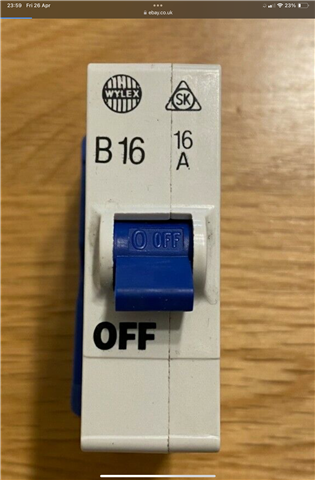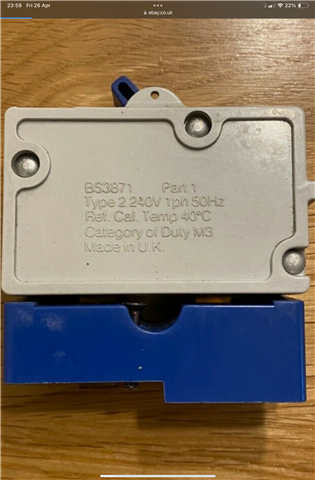Is it ok to connect a new submain to an existing spare 3 phase BS3871 MCB in a light industrial installation. The alternative is to change the entire main DB.
Submain will be clipped direct to wall and steel roof beam. It will feed a new 3 phase DB, probably equipped with two 3 phase 16A MCB's.
My understanding is that BS 60898 replaced BS3871 and the standards are similar, I am sure there are some differences, but do they make a significant impact on safety? In my mind providing they disconnect in the required time everything should be acceptable? Main risks will be after the sub board using modern devices.
Thanks

